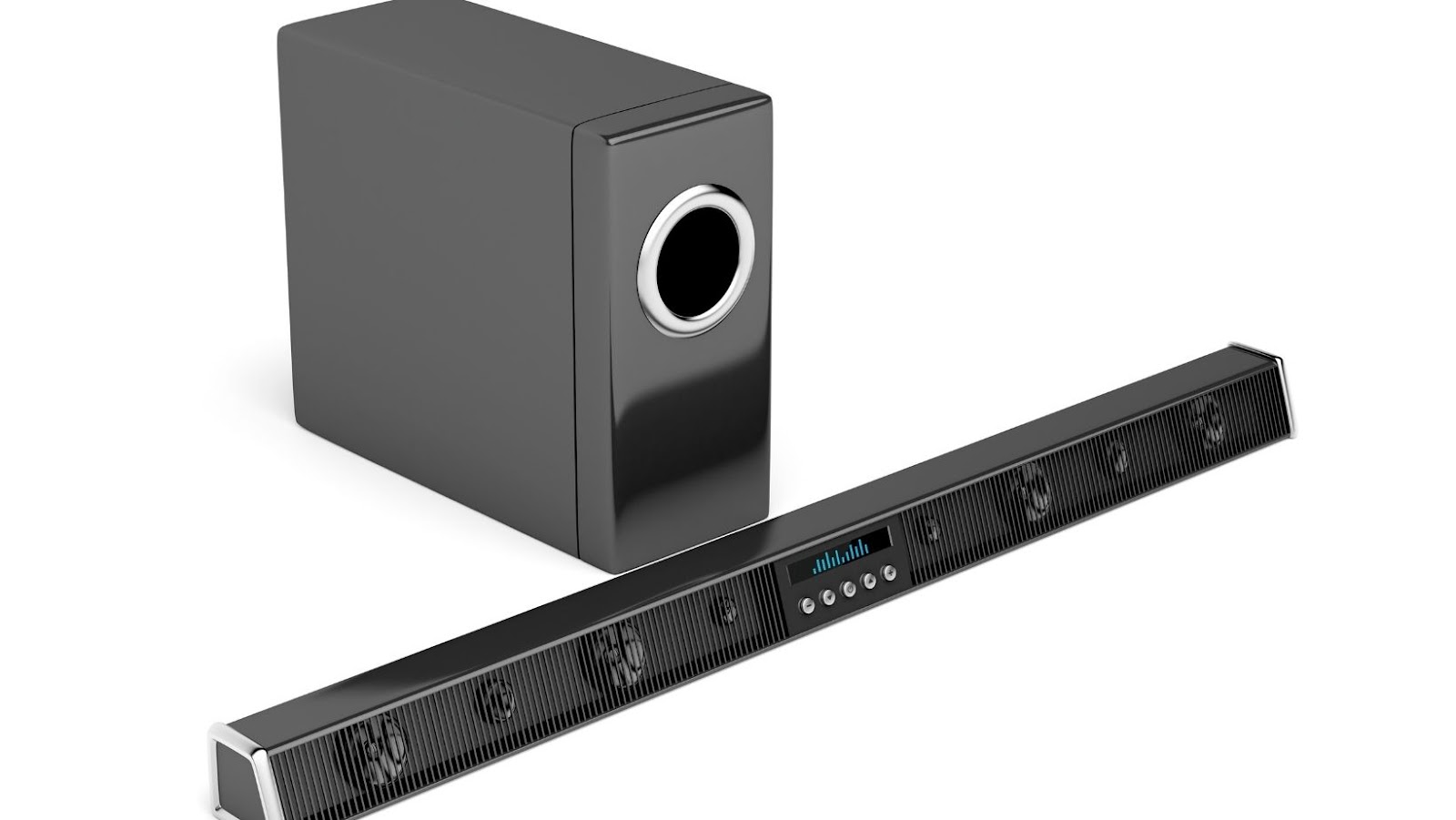
When it comes to choosing the right audio connection for your home theater, you have two main options: HDMI or optical. Both have their pros and cons, so it’s important to figure out which one is right for your needs. HDMI is the newer standard and offers several advantages over optical. For one, it can carry both audio and video signals, so you only need one cable to connect your TV and receiver. It also has a higher bandwidth than optical, meaning it can carry more information and provide better sound quality. However, there are some downsides to HDMI. First, it’s more expensive than optical. Second, it’s not compatible with all receivers (though most newer models do support it).
Optical, on the other hand, is a more established technology and is thus more affordable. It’s also compatible with more receivers. However, it has a lower bandwidth than HDMI and can’t carry video signals, so you’ll need separate cables for your TV and receiver. So, which is right for you? If you have a newer TV and receiver and want the best possible sound quality, HDMI is the way to go. But if you’re on a budget or have an older receiver, optical is a perfectly good option.
soundbar hdmi vs optical
The main difference between HDMI and optical is that HDMI can carry both audio and video signals, while optical can only carry audio. This means that if you want to connect your TV and receiver with one cable, you’ll need to use HDMI.
Optical is also a more affordable option, and it’s compatible with more receivers. However, it has a lower bandwidth than HDMI and can’t carry video signals, so you’ll need separate cables for your TV and receiver.
When would you use HDMI instead of optical, and vice versa
If you have a newer TV and receiver and want the best possible sound quality, HDMI is the way to go. But if you’re on a budget or have an older receiver, optical is a perfectly good option.
Pros and cons of each type of cable
HDMI:
– Can carry both audio and video signals
– Higher bandwidth than optical, meaning it can carry more information and provide better sound quality
– More expensive than optical
– Not compatible with all receivers
Optical:
– More affordable than HDMI
– Compatible with more receivers
– Lower bandwidth than HDMI
– Can’t carry video signals, so you’ll need separate cables for your TV and receiver
Factors you need to consider when making your decision
– What type of TV and receiver you have
– Your budget
– Whether you want the best possible sound quality or not
– The number of cables you want to use (one for HDMI or two for optical)












